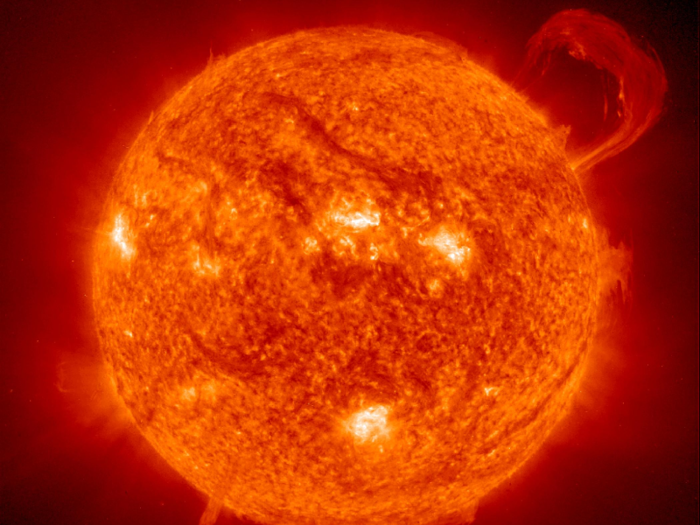- Home
- slideshows
- miscellaneous
- A new spacecraft is launching toward the sun on Sunday. It will take the first photos of the sun's poles and probe its violent eruptions.
A new spacecraft is launching toward the sun on Sunday. It will take the first photos of the sun's poles and probe its violent eruptions.
The spacecraft will pass Venus on its way to the sun in order to get a boost in speed from the planet's gravity.

Venus's gravity will also help lift the Solar Orbiter out of the plane of our solar system.
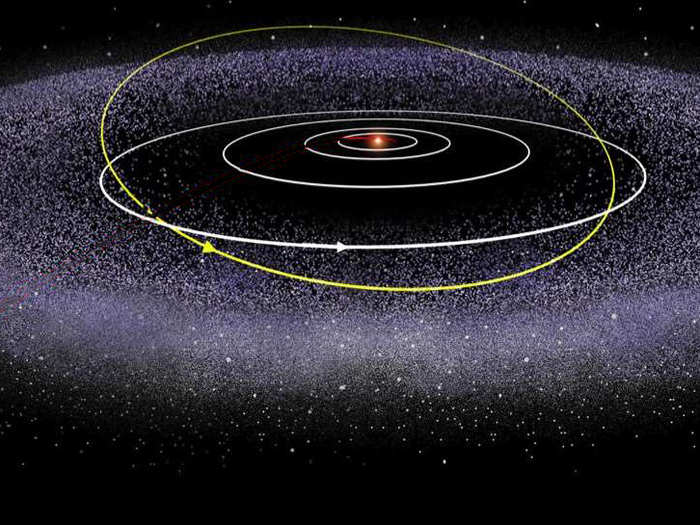
From there, the spacecraft's orbit will take it around the sun at an angle of 24 degrees above the sun's equator. It will orbit the sun once every 168 days.
In this orbit, the spacecraft can investigate the sun's largest coronal holes: darker, cooler, constantly moving regions in the sun's plasma.
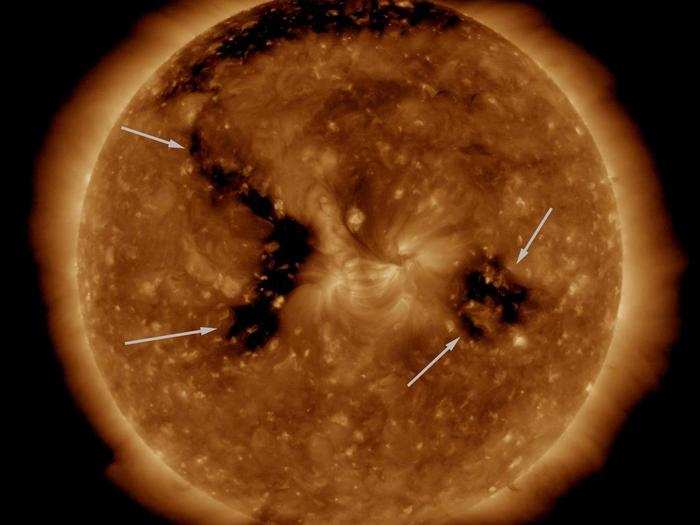
In preparation for a recent solar eclipse, Pacros said, she and some other researchers made a 3D-printed model of the sun's corona and its magnetic field. They were shocked at their preview of what the Solar Orbiter might see.
"When you actually rotate around and look at the top of the poles, it looks completely different to what you see at the equator. None of us really quite believed it," she said.
"These coronal holes are enormous at the top of the poles. And we just see the sort of edges of them, or the bits that are kind of creeping down onto the main disk," Pacros said.
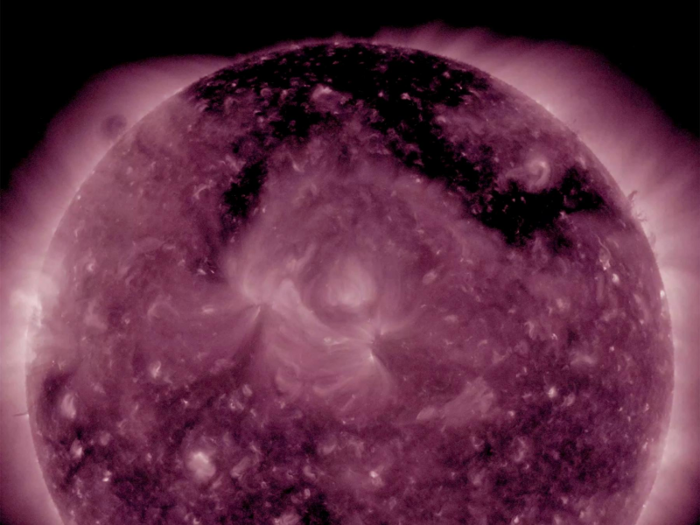
"There will be a big dark spot on top of the sun," she added. "How it actually grows and shrinks with solar activity is something we've never been able to see before."
Scientists think these coronal holes produce solar wind. NASA's Parker Solar Probe — which rocketed around the sun three times, getting closer than any spacecraft before it — has observed some of that solar wind streaming out of them.
The Solar Orbiter will also work with the Parker Solar Probe to study eruptions on the sun.
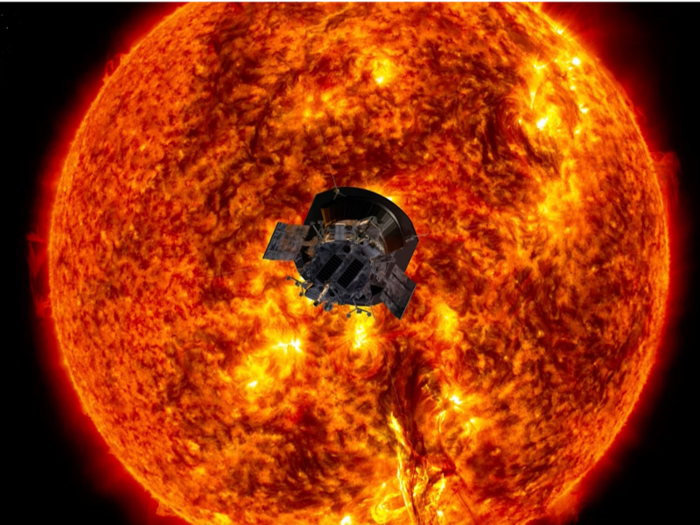
"There's a great synergy between these two missions, and we're very excited about it," Gilbert said.
Because the two spacecraft will be at different points in their orbits around the sun when they measure eruptions together, they should gather data on a given event from points that are both close to the sun and far away from it.
That will give scientists a clearer picture of how explosions of plasma and electric energy evolve as the particles travel away from the sun.
"When a bursty event happens, we can trace it all the way from the sun to the Earth, basically live," Marco Velli, a physicist who helped plan the Orbiter mission, said at the AGU meeting in December.
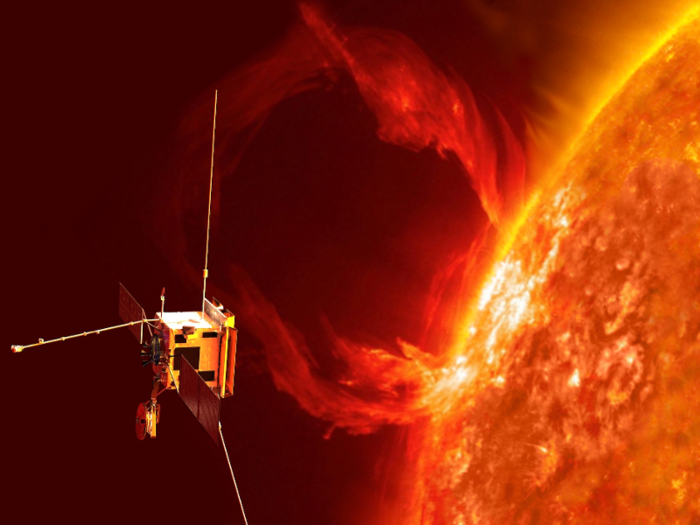
"Seeing them from multiple points of view at the same time will give us a lot more information," Velli added.
The Solar Orbiter mission will last at least seven years, though likely longer, Gilbert said: "Almost always it goes into extended mission and then beyond sometimes."
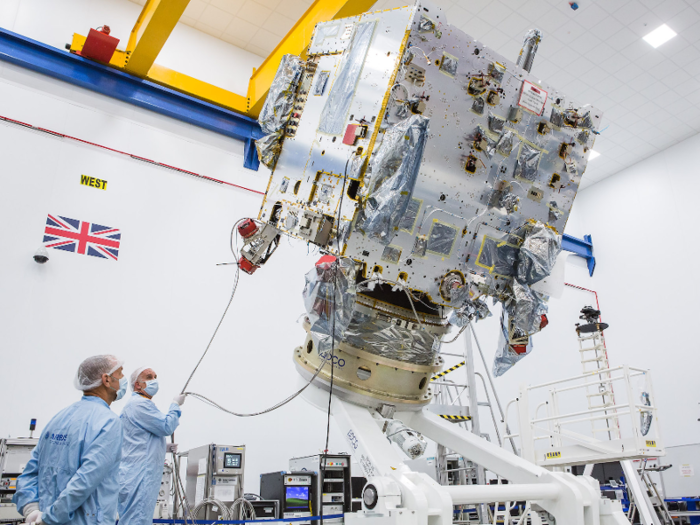
An extended mission would add another three years to the Solar Orbiter's life. If that happens, the spacecraft could get even closer to the poles, at a 33-degree angle to the sun's equator.
Popular Right Now
Advertisement
